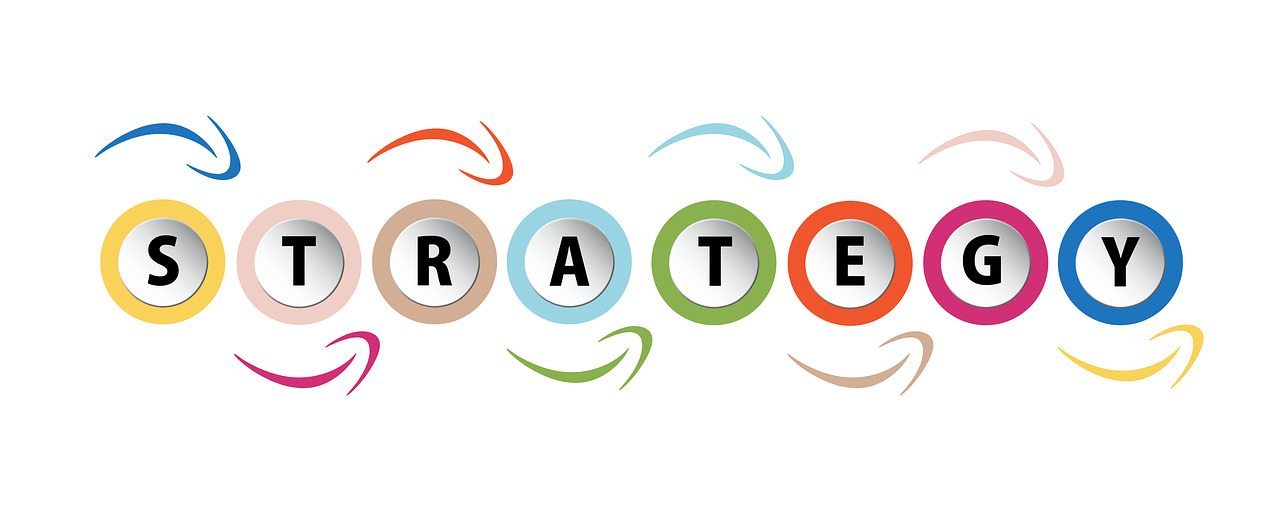A Training and Assessment Strategy (TAS) helps you to plan and document key aspects of your program such as what it includes, how the training and assessment is organized and who will be involved.
The Standards for NVR Registered Training Organisations 2011 state: "Training and assessment strategy means a framework that guides the learning requirements and the teaching, training and assessment arrangements of a VET qualification. It is the document that outlines the macro-level requirements of the learning and assessment process."
Who should read the Training and Assessment Strategies?
The Training and Assessment Strategy is the RTO's Action Plan to deliver and assess a particular course. Therefore all staff involved in designing, delivering, assessing and monitoring training must read and use this document. While your registering and regulatory body may have specific requirements for the structure and content of the training and assessment strategies, you don't write your TAS for the regulatory body auditors!
Templates available
While templates exist for these strategies there is no right or wrong way to design them. The golden rule however, is that they must provide a solution to the training that is relevant to the industry and workplace and addresses relevant workplace needs.
Training Package qualifications already have units of competency that define the outcomes to be achieved by learners and it is your responsibility to interpret these into a structured formal approach to achieving the learning outcomes in a quality process.
A course on the other hand requires the designer of the strategy to define the outcomes required by working with the client to specify particular workplace competency requirements.
The overall aim, however, is to ensure that:
- There is a structured approach to planning and delivering training and assessment
- Training and assessment is relevant to the industry and workplace and addresses relevant business needs
- There is documentation so that everybody who needs to know is clear about how the program is to run, who is involved
- The right materials and resources will be available
- Consistent high quality delivery and assessment can be provided to the client.
Structuring the strategy
Not all strategies are going to be the same. The training and assessment strategy will vary depending on whether you program aligns to a full qualification or a skills cluster (group of units of competency). Client groups will have different learning needs. The operational requirements of clients or changes to legislation or regulation may also have an effect on your strategy.
The strategy will also vary depending on the application and functions it will be used for. You may want to use the strategy as a project-planning tool for a one-off program for an enterprise. In this case it could include details of project milestones and timelines and sub projects such as resource development.
Or you might want the strategy to be a communication tool, which summarises the process, personnel, version control procedures and validation activities for a program that is run regularly for full time students, off the job. It can be useful to think of it as a document to explain the program to a new trainer.
Typically a training and assessment strategy includes sections drawn from the following:
- The qualification code and name
- Program name, if different from qualification name
- Program aims and outcomes
- The characteristics of client or target group
- Purpose of the training and assessment
- Relevant units of competency (core and elective)
- Duration of the program
- Any specific entry requirements (may include age, pre and/or co-requisites)
- Summary of the rules for packaging units (for a qualification)
- Learning and assessment pathways
- Structure and sequence of the learning and assessment
- Modes, methodologies and materials to be used for training and assessment
- Who is qualified to provide training and assessment in the program
- Mapping of trainer and assessor vocational experience to units of competency in the program
- Other resource requirements
- Language literacy and numeracy considerations for entry into and completion of the program
- Where learners may enter and exit the program
- Processes for validation and moderation of the quality of the training and assessment
- How industry consultation has been used in development of the training and assessment strategy
- Mapping of the units of competency to the assessment tools.
Industry Consultation
Conducting industry consultation is paramount to ensuring that the RTO's TAS will provide learners with the necessary knowledge and skills to complete workplace tasks to the standard that is required in the workplace.
Preliminary consultation. Conducting preliminary consultation assist in the definition of the qualification or training program. Preliminary consultation will help identify among other things:
The need for the strategyThe purpose of the strategyThe skills and knowledge to be attained through the training program or qualificationHow the learning will provided and knowledge and skills assessedCharacteristics of the learners including educational levels and learning needsAccessibility to workplace resources (opportunities for practice)
Secondary consultation. Secondary consultation is undertaken once the first draft is completed. You need to return to your client or the industry stakeholders that participated in the preliminary consultation in order to confirm that the TAS proposed will meet the needs identified.
Developing and Maintaining Training and Assessment Strategies are structural blocks for RTO's training delivery logistics, Insources have developed relevant training programs (workshops) for RTO's staff to gain the knowledge and build up the skills to perform the key tasks required in the developing and continuous improvement of the TAS.





